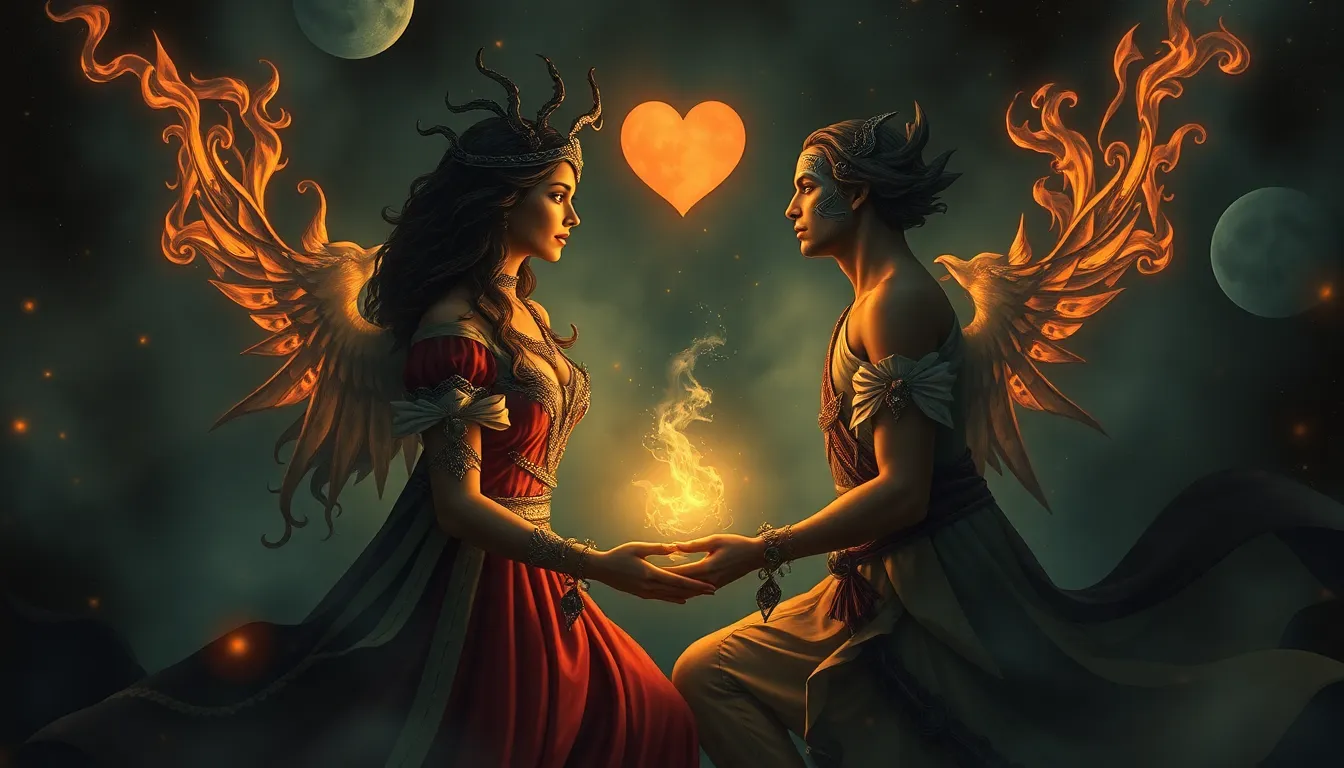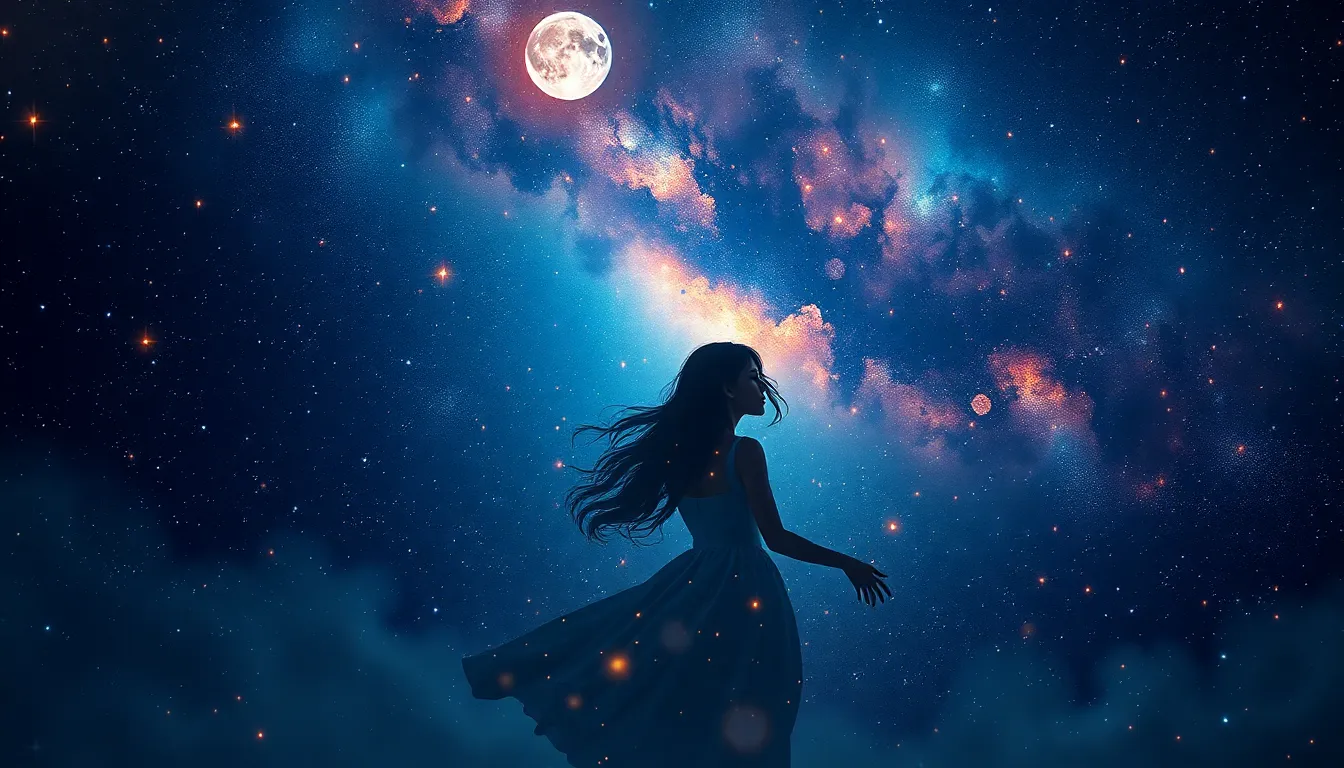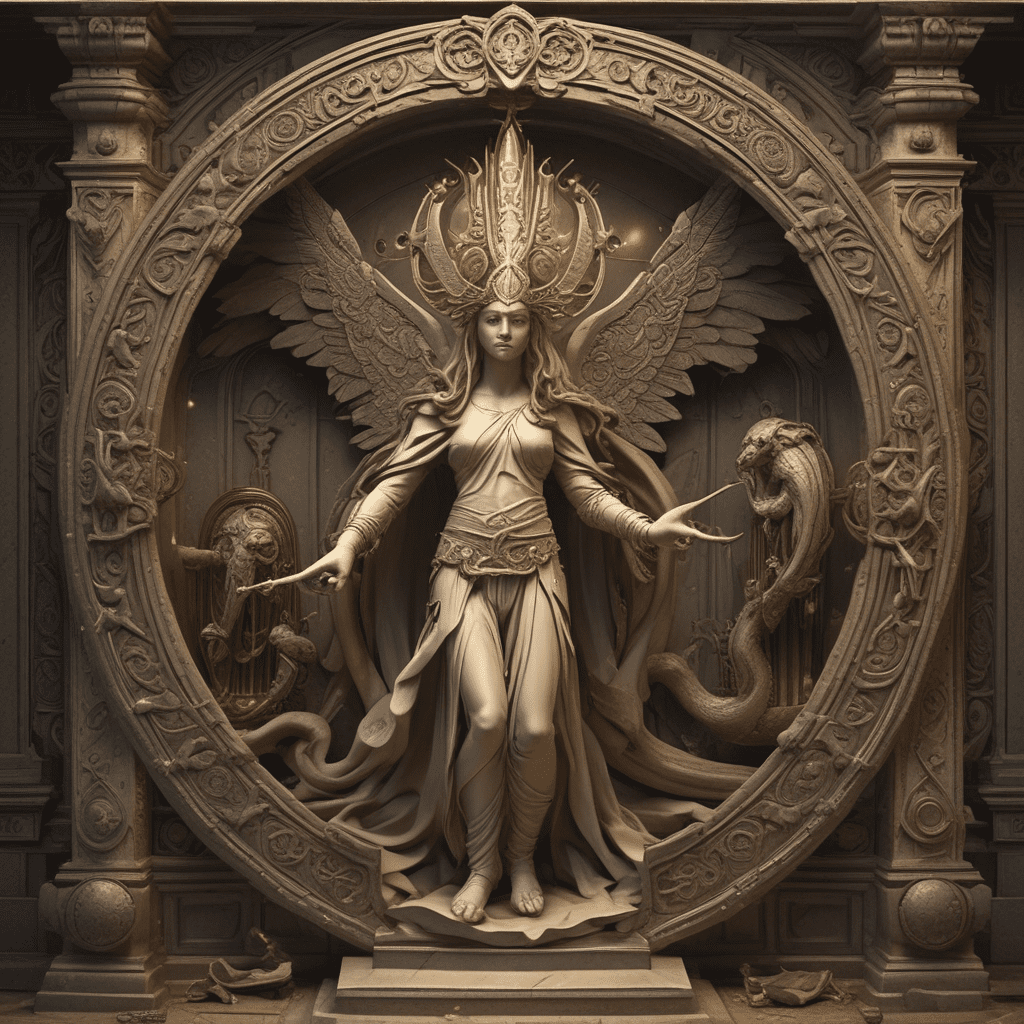Mythical Love Spells: The Magic of Romance in Ancient Tales
I. Introduction to Mythical Love Spells
Love spells have captivated the human imagination across cultures and centuries. These enchanting incantations were believed to have the power to influence romantic relationships, drawing lovers together or igniting passion. In ancient cultures, love spells were not merely whimsical; they were vital components of folklore and mythology, reflecting humanity’s desire for connection and passion.
This article aims to explore the world of ancient love spells, examining their cultural significance, historical contexts, and the enduring allure of romance intertwined with magic.
II. Historical Context of Love Spells
Throughout history, numerous civilizations have practiced love magic, each contributing unique beliefs and practices to the lore of love spells. Here’s an overview of some prominent cultures:
- Ancient Egypt: Love spells in ancient Egypt were often inscribed on papyrus and involved invoking deities like Hathor, the goddess of love and beauty.
- Greece and Rome: Greek mythology is rich with tales of love magic, such as the use of potions and charms by figures like Eros and Aphrodite.
- Indigenous cultures: Various indigenous tribes around the world employed love spells that were deeply rooted in nature, involving rituals with plants and elements.
Love spells often played a crucial role in societal norms, guiding relationships and marriages. They were used to solidify bonds, seek reconciliation, or attract a desired partner, reflecting the importance of love in human life.
III. Common Themes in Love Spells
Across different cultures, certain themes recur in love spells, revealing shared beliefs and practices:
- Nature and its elements: Many love spells incorporate natural elements such as herbs, flowers, and stones, believed to possess inherent magical properties.
- Deities and divine intervention: Invoking gods and goddesses is common, with many spells calling upon divine forces to assist in romantic endeavors.
- Symbols and artifacts: Objects like love knots, heart-shaped charms, and personal items often feature prominently in casting spells.
IV. Famous Love Spells from Mythology
Several stories from mythology illustrate the potency of love spells:
- The story of Eros and Psyche: Eros, the god of love, falls for Psyche and uses magical means to win her heart, leading to a tale of trials and eventual reunion.
- The enchantments of Circe in Homer’s “Odyssey”: Circe, a powerful sorceress, uses her magic to transform men into animals but also plays a pivotal role in the love story between her and Odysseus.
- The tragic love spell of Tristan and Isolde: This story revolves around a love potion that binds the two lovers together, leading to a narrative filled with passion, betrayal, and tragedy.
V. Rituals Associated with Love Spells
Love spells often involve specific rituals that vary by culture but share common elements. Here are some ingredients and tools commonly used:
- Herbs such as rose petals, lavender, and cinnamon.
- Candles representing different intentions and energies.
- Crystals like rose quartz for love and amethyst for protection.
A typical love spell ritual may include the following steps:
- Gathering the necessary ingredients.
- Setting a sacred space and lighting candles.
- Reciting incantations or affirmations while visualizing the desired outcome.
- Closing the ritual with gratitude and grounding energy.
Timing is also significant; many practitioners believe that the lunar phases can enhance the effectiveness of love spells, with the waxing moon being the ideal time for attracting love.
VI. Love Spells as Cultural Reflections
Love spells serve as mirrors of societal values and beliefs:
- They reflect the importance of love in human relationships and the lengths individuals will go to secure affection.
- Across cultures, the evolution of love magic reveals changing perceptions of romance, gender roles, and autonomy.
- In contemporary interpretations, love spells are often adapted to fit modern relationship dynamics and values.
VII. The Ethical Implications of Love Spells
The practice of love magic raises significant ethical concerns:
- Consent and autonomy: Manipulating someone’s feelings through magic can infringe on their free will, raising moral questions.
- Consequences of manipulating emotions: Love spells can lead to unintended outcomes, affecting relationships in complex ways.
- Perspectives from ancient philosophers: Many ancient thinkers warned against the potential dangers of love magic, advocating for love based on mutual desire.
VIII. Modern Adaptations of Ancient Love Spells
In contemporary society, love spells are often practiced with a blend of ancient traditions and modern sensibilities:
- Many people incorporate love spells into personal rituals, using them as tools for self-improvement and empowerment.
- Pop culture has influenced the perception of love magic, with films and literature romanticizing the idea of love spells.
- A resurgence of interest in ancient practices has led to the revival of traditional love spells and rituals, adapted for modern practitioners.
IX. Personal Accounts and Anecdotes
Individuals often share stories about their experiences with love spells:
- Some claim to have successfully used love spells to attract partners or rekindle lost love.
- Others discuss the psychological impact of believing in love magic, including feelings of empowerment or disappointment.
- Testimonials reveal how cultural backgrounds shape perceptions of love spells and their effectiveness.
X. Conclusion
Love spells possess an enduring allure, reflecting humanity’s timeless quest for connection and romance. Through the exploration of ancient practices, we gain insight into how magic intertwines with love, shaping relationships across cultures and eras.
As we navigate the complexities of modern relationships, the myths and rituals surrounding love spells remind us of the power of intention, the significance of consent, and the magical possibilities that love holds, both in ancient tales and contemporary life.




